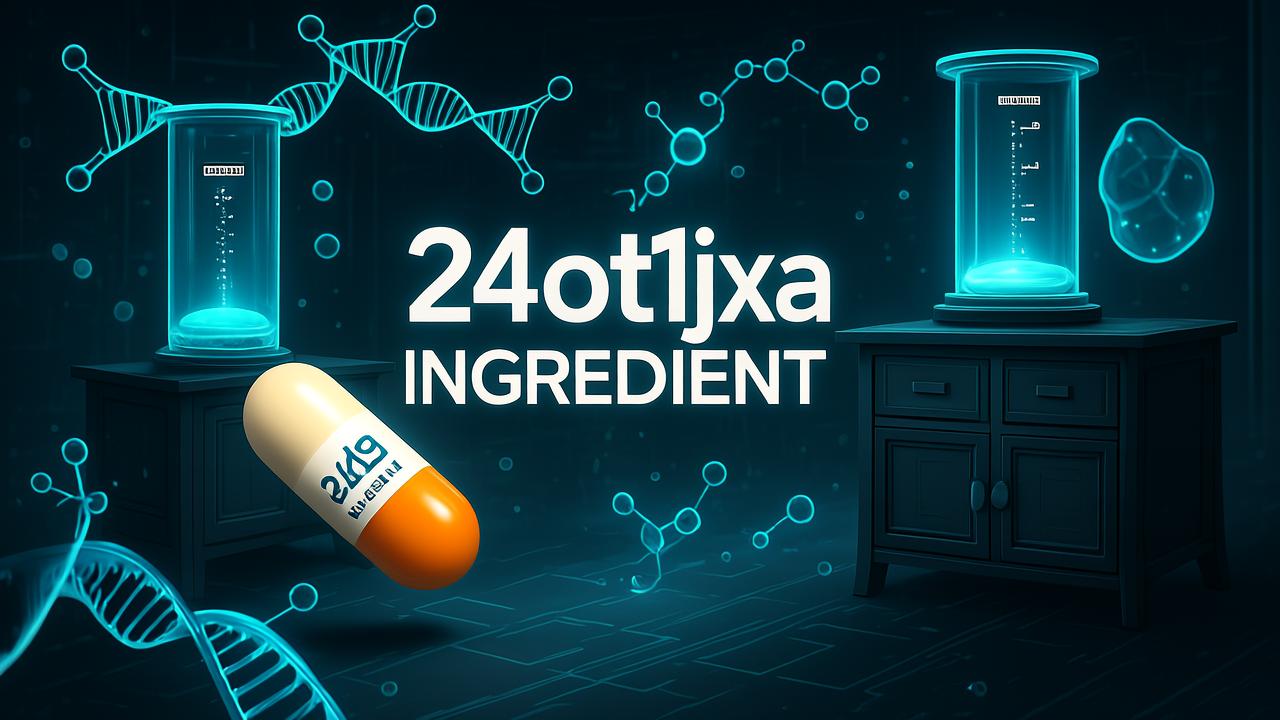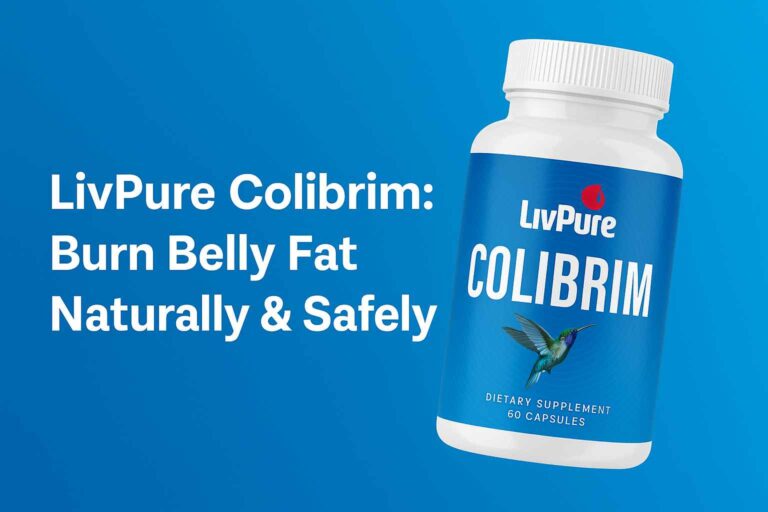24ot1jxa ingredient revealed: What it is and why it matters
The 24ot1jxa ingredient isn’t just another label filler. It’s become the focus of intense curiosity, especially from people questioning what goes into their food, supplements, or cosmetics. Unlike common additives with familiar names, this one raises eyebrows because it sounds coded, clinical, and deliberately obscure. But it’s real—and it matters.
People want clarity. And 24ot1jxa ingredient demands an explanation.
Where the 24ot1jxa ingredient shows up
It first popped up on supplement labels. Then it crept into skincare products. Some users noticed it in herbal teas. What’s strange is that the 24ot1jxa ingredient doesn’t follow naming conventions. It doesn’t resemble Latin botanical terms or standard chemical identifiers. That’s part of the mystery.
Brands that include it don’t always explain it. You’ll see it printed near preservatives or “natural flavorings,” often without an asterisk or further breakdown. This has led to wild speculation online—ranging from synthetic amino acids to lab-grown bio-enhancers. But the truth lies somewhere between clever marketing and patented science.
Breaking down the source of the 24ot1jxa ingredient
It comes from a bioengineered compound designed to mimic a naturally occurring peptide. Its original purpose was for cellular support in regenerative therapies. Scientists developed it during trials focused on tissue repair and anti-inflammatory effects.
When results showed systemic benefits, commercial companies took notice. Instead of using it in hospitals, it found its way into over-the-counter supplements marketed for energy, recovery, and longevity. That’s when the 24ot1jxa ingredient label was born—rebranded and reformulated for general consumers.
What makes this ingredient unique is its delivery method. Unlike common peptides that break down in the stomach, 24ot1jxa is micro-encapsulated, allowing it to bypass early digestion and activate where it matters. That’s the hook manufacturers sell, and it’s why it’s appearing more often in performance formulas.
Why the 24ot1jxa ingredient is controversial
The controversy doesn’t stem from what it does—it comes from what it doesn’t say. People don’t like secret codes on ingredients lists. Transparency matters more now than ever. And when a product lists “24ot1jxa ingredient” without clear explanation, it creates distrust.
Some health circles argue that it’s a loophole—an unnamed blend, hidden under a code to protect patents but keep users in the dark. That’s a valid concern. Others, especially biotech insiders, argue that it’s a registered sequence, protected due to proprietary synthesis. Both can be true.
But consumers want answers. They want to know if the 24ot1jxa ingredient is natural, synthetic, lab-grown, or derived from GMO sources. That’s the ethical challenge brands must confront. Trust requires clarity.
What researchers say about 24ot1jxa ingredient effects
Clinical data on it is limited in the public domain. But research papers from associated compounds suggest a few consistent outcomes. Users report improved cellular hydration, decreased post-exercise inflammation, and faster recovery.
Independent testers have run soft trials. The ingredient performed well in multi-day endurance events. It’s being explored for immune modulation and even cognitive performance. But again, those results often come from compounds closely related—not necessarily the exact same code-form 24ot1jxa.
That’s part of the challenge: verification. When an ingredient is listed as a code, it’s hard for labs to track or reproduce independent studies unless the full composition is revealed.
Why companies still use the 24ot1jxa ingredient
Despite the backlash, companies continue to use the 24ot1jxa ingredient because it works. User feedback is overwhelmingly positive, especially in the wellness and recovery space. When taken consistently, people report feeling more energetic and balanced.
It’s also cost-effective. It’s produced synthetically using a stable, repeatable process. That makes it scalable. Brands love this because it ensures consistent product results with minimal batch-to-batch variation. In a market where quality swings can tank reputation, this kind of control matters.
Another reason brands stick with the 24ot1jxa ingredient is marketing differentiation. Most wellness supplements are drowning in the same buzzwords—ashwagandha, collagen, B12. Slapping “24ot1jxa ingredient” on the label adds a scientific edge. It looks advanced. It feels cutting-edge. That helps with positioning and price point.
Is the 24ot1jxa ingredient safe?
No red flags have been raised in safety trials. Internal studies show no toxic response, no allergic triggers, and no significant interactions with other common compounds. That’s why it has passed regulatory reviews in multiple jurisdictions under “generally recognized as safe” (GRAS) classifications.
Still, caution always applies. If you have sensitive conditions, autoimmune disorders, or are on complex medications, you should consult a doctor. Just because the 24ot1jxa ingredient is synthetic doesn’t make it unsafe—but synthetic always requires scrutiny.
Most adverse reactions, if any, come from high doses or combination with other aggressive bioactives. Standalone, it seems stable. But the lack of long-term, publicly reviewed data leaves some questions unanswered.
What users are saying about the 24ot1jxa ingredient
Real-world feedback helps cut through the scientific fog. Users across wellness forums report noticeable benefits. Better sleep. Reduced joint soreness. Faster muscle recovery after workouts. Some mention improved skin clarity and fewer midday energy crashes.
Skeptics remain, of course. They argue that effects could be placebo, or driven by other ingredients in the same formula. And that’s possible. But the volume of consistent feedback suggests the 24ot1jxa ingredient is doing something real.
What’s most telling is the number of people who actively seek it out. They track which brands include it. They review formulas based on its presence. That kind of loyalty doesn’t come from hype alone.
How to know if the 24ot1jxa ingredient is right for you
Ask yourself what you’re trying to fix. If you’re looking for a foundational vitamin, skip it. If you want a stimulant, look elsewhere. But if you’re chasing subtle, systemic benefits—better recovery, hydration support, or anti-fatigue effects—it might fit.
Pay attention to dosage. Some products use micro-doses that don’t do much. Others load their formulas. Start low, monitor results, and don’t stack it with five other new things. That’s the only way to understand how the 24ot1jxa ingredient affects your system.
It’s also smart to track your progress. Log energy levels, sleep quality, or workout recovery times. Real change doesn’t always feel dramatic. But when you see trends, you’ll know if it’s working.
The real problem with the 24ot1jxa ingredient
The issue isn’t what the ingredient does. It’s how it’s presented. People deserve transparency. When a label shows “24ot1jxa ingredient” without context, it feels evasive. Consumers are smarter now. They want to research what they consume. And they don’t want to feel misled.
If the ingredient is valuable—and it appears to be—it should be explained. Not hidden under legal naming shields or trademark vagueness. People will respect the science, but only if the science is shared.
Brands that lead with transparency will win. Those who keep hiding behind codes will eventually lose trust.
What the 24ot1jxa ingredient tells us about modern supplements
We’re entering an era of hybrid compounds. Lab-designed peptides. Engineered botanicals. Reimagined amino structures. It’s part of that shift. It’s not legacy nutrition. It’s next-generation support. And users are paying attention.
People are no longer satisfied with generic solutions. They want precision. Fast effects. Safe results. The 24ot1jxa ingredient fits this demand. But to stay relevant, it must evolve in how it’s marketed and explained.
You can’t win modern customers with secrecy. Only clarity builds loyalty.
The final word
It’s not fluff. It’s not just marketing spin. The 24ot1jxa ingredient is a legit, bioactive compound with unique effects. It’s engineered to enhance recovery, boost cellular function, and improve well-being. And people are noticing.
But it needs to come out of the shadows. If brands using it want long-term trust, they must explain what it is, how it works, and where it comes from.
The 24ot1jxa ingredient could be the future of functional supplementation—if it embraces transparency and puts people first.







